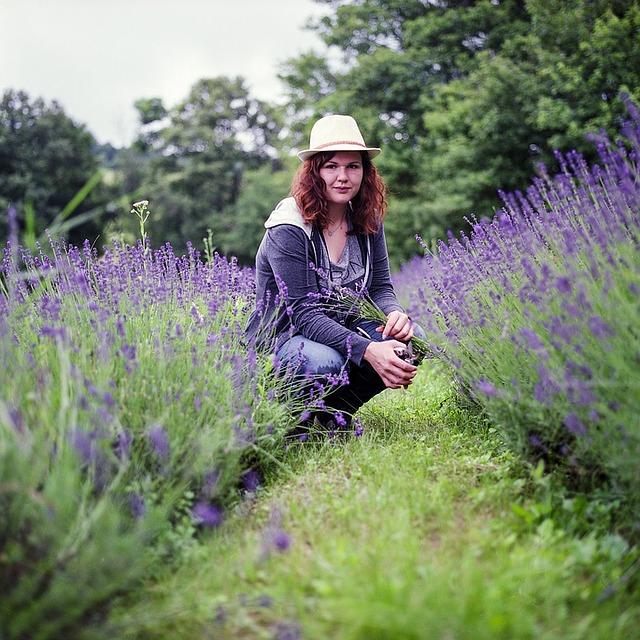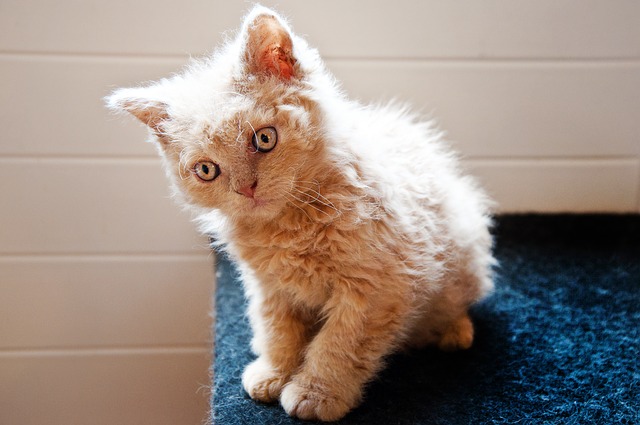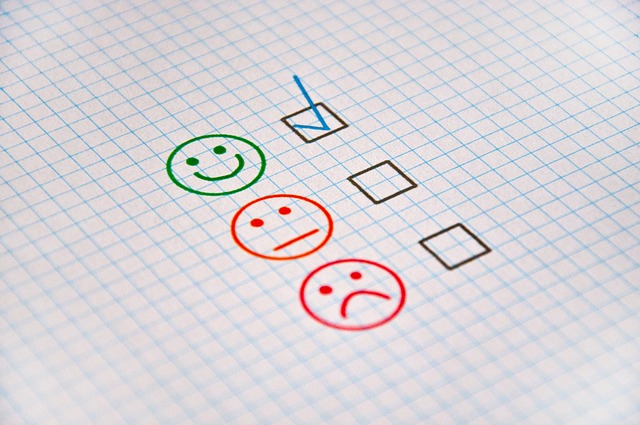Diana Winston, in her most recent book, The Little Book of Being, differentiates between two main forms of meditation. One meditation approach Diana identifies as the classical method – requiring considerable effort and focused on an object (e.g. breath or sound) and a goal (e.g. calmness, self-management, stress reduction); the other is focused on what she terms “natural awareness”. She makes the point early in the book that in her early meditation practice she exhausted herself and became depressed and self-loathing by falling into the trap of becoming overly goal and object focused. Her personal release came with the realisation of the power of natural awareness. Her teaching is built on many years of personal meditation practice and deep insight into what enables people to live life fully and to be their authentic self.
When Diana became Director of Mindfulness Education at MARC (UCLA) she was determined to introduce other people to the practice of natural awareness. Her book shows the evolution in her thinking and practice and her conclusion that people should practise both classical meditation and natural awareness as they are mutually reinforcing and complementary. Classical meditation builds the power of focus and concentration together with present-centred awareness required to develop the habit of natural awareness.
The nature of natural awareness
The approach to meditation that Diana promotes is called natural awareness because it entails practising what we experience naturally. People can recall their own experiences of being in the moment, just being somewhere, or being in the zone in a sports or work arena. Awareness is a natural capacity that has been diminished over time and lost in the fog of our own self-stories and beliefs, the incessant distractions drawing us away from the present moment and the time urgency that drives our goal-directed behaviour. We become time-poor, driven (e.g. as reflected in impatient driver behaviour) and focused on the past or the future – leading to a form of depression or anxiety. Natural awareness offers instead a sense of letting go – resulting in restfulness and equanimity. Loch Kelly, In an interview with Tami Simon, describes natural awareness as effortless mindfulness.
According to Diana, natural awareness is a way of knowing and a state of being wherein our focus is on awareness itself rather than on things we are aware of (p.12). She offers a series of “markers” you can use to test whether you have experienced natural awareness (p.13).
Recollection: a starting point for natural awareness
Diana offers a recollection exercise as an introduction to natural awareness – using memories to recapture past, personal experience of natural awareness. The basic approach is to recall a time (in a relaxed way, not forced) when you had a sense of just being – experiencing heightened attention, a strong sense of connection, openness to what was happening or a profound sense of peace. The occasion could be viewing a sunrise/sunset, experiencing awe in the presence of pounding waves, a burst of creativity, a joyful conversation with a friend or being in natural surrounds where the beauty is breathtaking.
Now try to capture the time and experience in all its detail – where you were, what you were doing, feeling and sensing (touch, taste, smell, sight, hearing). The final step is to tap into what is happening for you with this recollection, e.g. tranquility, connection or ease. You can then rest in this awareness.
As we grow in mindfulness, through classical meditation and specific natural awareness practices, our capacity for inner and outer awareness expands and natural awareness becomes accessible to us on a daily/hourly basis.
____________________________________________
Image by Benjamin Balazs from Pixabay
By Ron Passfield – Copyright (Creative Commons license, Attribution–Non Commercial–No Derivatives)
Disclosure: If you purchase a product through this site, I may earn a commission which will help to pay for the site, the associated Meetup group and the resources to support the blog.









